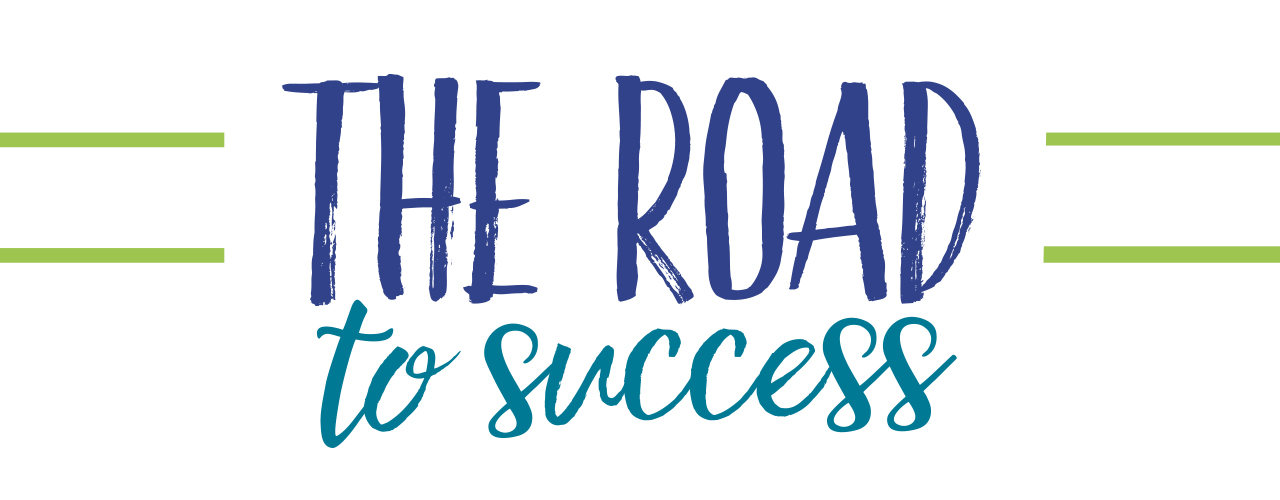Breaking down blockchain and cryptocurrencies

#Breaking #blockchain #cryptocurrencies
Maybe you have already invested in Bitcoin or another currency and, depending on when that was, you may be showing some handsome rewards or, more likely, given what has been happening recently in the crypto space, you may be suffering from buyer’s remorse.
Or maybe you have been more conservative and either watched with envy some of the incredible returns that your friends have reported or, more lately, their disbelief in the rapid return to earth of some of the stratospheric gains that they had had — more likely not hearing about the (paper) losses that newcomers to the crypto-brigade have suffered.
We will look at a number of aspects of cryptocurrencies and so-called “platforms” in part two and then more specific items like the grand-daddy of them, Bitcoin, as well as other names you may be familiar with, from Ethereum to Binance and the recent “fall-from-grace” example of FTX, in part three.
But where to start? There are two fundamental concepts or trends that, in combination, led to the rise of cryptocurrencies.
Number one: the fact is that it is now a digitised world! If that makes no sense to you, let’s put it more simply: there are “lists”, held as sets of data on computers, somewhere, for just about everything.
Examples are a barcode and a price, for supermarkets (and other retailers), or your name, date of birth and IRD number or mobile phone number for a lot of things like insurance policies, bank accounts and other groups that you belong to so that when you phone them on an 0800 number they instantly know who you are! In the words of Gilbert and Sullivan, “I’ve got them on the list … .” (forget the next line!)
Number two is the concept of trust. When you do your internet banking — and who doesn’t, these days? — or use your credit card, with or without the extra protection of a PIN (personal identification number), you believe that the accounts you are dealing with will be debited (or credited) instantly with the correct amount.
That “belief” is a strong form of trust. Also, you believe or trust that whoever you are dealing with will not allow transactions that you have not originated to occur on your accounts.
Banks, in particular, but also other financial institutions, have to always be one step ahead of hackers and fraudsters.
You may even have had a call from your bank’s fraud division regarding a particular transaction that they consider “suspicious” (such as being in a different country to your usual transactions).
So, it is our trust in the systems that has allowed us all to adopt and use digital transactions as part of our everyday lives: far better and easier than standing in a bank queue.
Do you know, or need to know, how much capital your bank has in order to operate efficiently? Do you know how the processes work to ensure that credits and debits across all accounts are matched and balanced at the end of each day (if not at more time points during the day)?
Or how transfers between different banks are settled? Almost certainly not! Why? Because you trust the bank, the systems and the regulatory authorities whose responsibility it is to supervise and check on these things.
Now, without some of the extra reporting and controls, how could you or would you ensure that transactions between two parties are matched correctly and that the total of credits and debits, across all users of a non-regulated entity, balance at all times, so that the users have the same degree of trust that they have with banks?
Enter the concept of blockchain. This is a security-solving process, actually independent of cryptocurrency (although you may be forgiven for thinking that they are somehow one and the same thing, given the way that the two words are mostly used together — as, indeed, cryptocurrencies depend on the blockchain methodology for the essential ingredient of trust).
Surprise! Blockchain is nothing more than a network of computers with identical ledgers (lists of account numbers, balances and transactions), referred to as a “distributed database”.
A typical number of computers, called “nodes”, would be eight and, for additional security, they should be in different geographical locations.
They are all linked through what is now possible with networking and (almost instantaneous) data transmission via either cable or internet. As in many situations, it may be possible for hackers to get past one or another defence mechanism (“firewall”) at one of the locations — but to get to all eight at the same time would be (nearly) impossible.
Constant, regular checking, that all eight have exactly the same information allows any discrepancies to be discovered almost immediately and to establish which of the eight is “incorrect”, find the gap and check which transactions have caused the problem and re-run them (if proven to be correct, so that they reflect on all of the ledgers) or return the incorrect one to the “correct” balances without the suspicious transactions (until they have been verified).
Another important feature of blockchain is that all transactions are time-stamped, so that any transactions supposed to have happened with a time stamp earlier than the last check between the ledgers will be classified as “suspicious”.
Transactions are also linked (giving rise to the concept of “chain”) to another transaction or “block”: reference, time and details.
All of which indicates that whoever was responsible for the following headline, taken from the internet, was hyping a standard security procedure: “Binance recovers stolen, disguised crypto loot from mega hack” — whatever “disguised crypto loot” might be!
— Liston Meintjes is an independent consultant and analyst of business, economics and markets, with many years’ experience in the investment industry.
